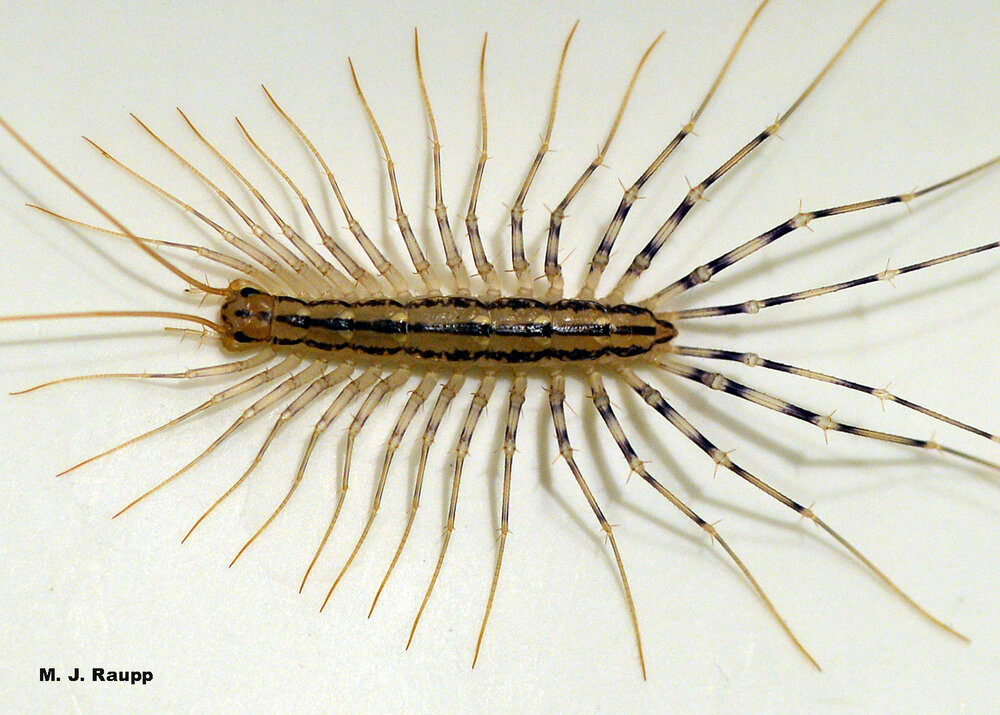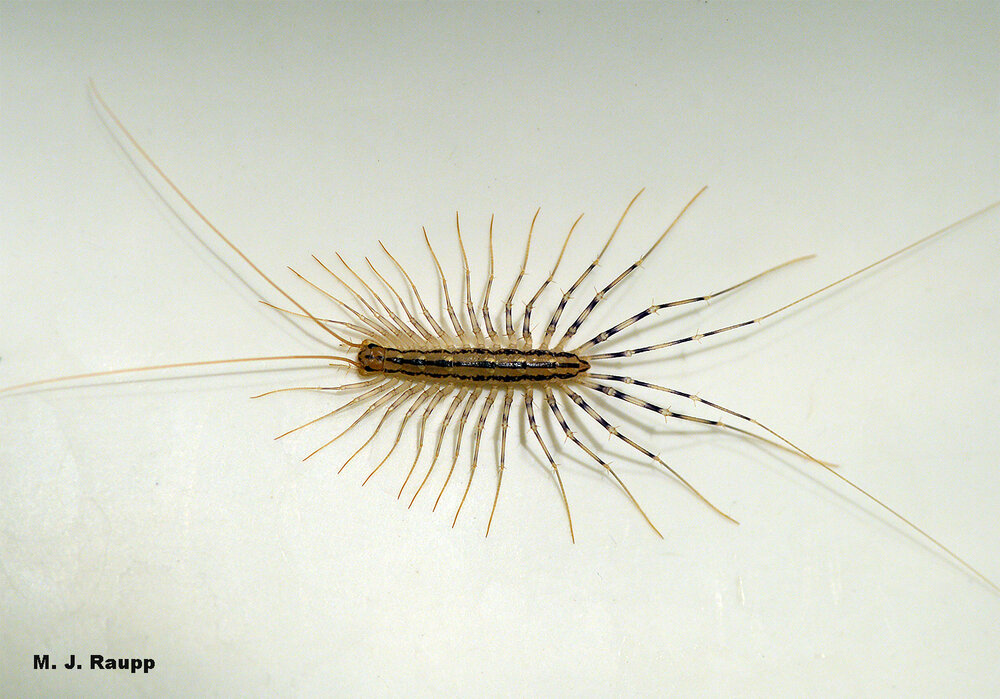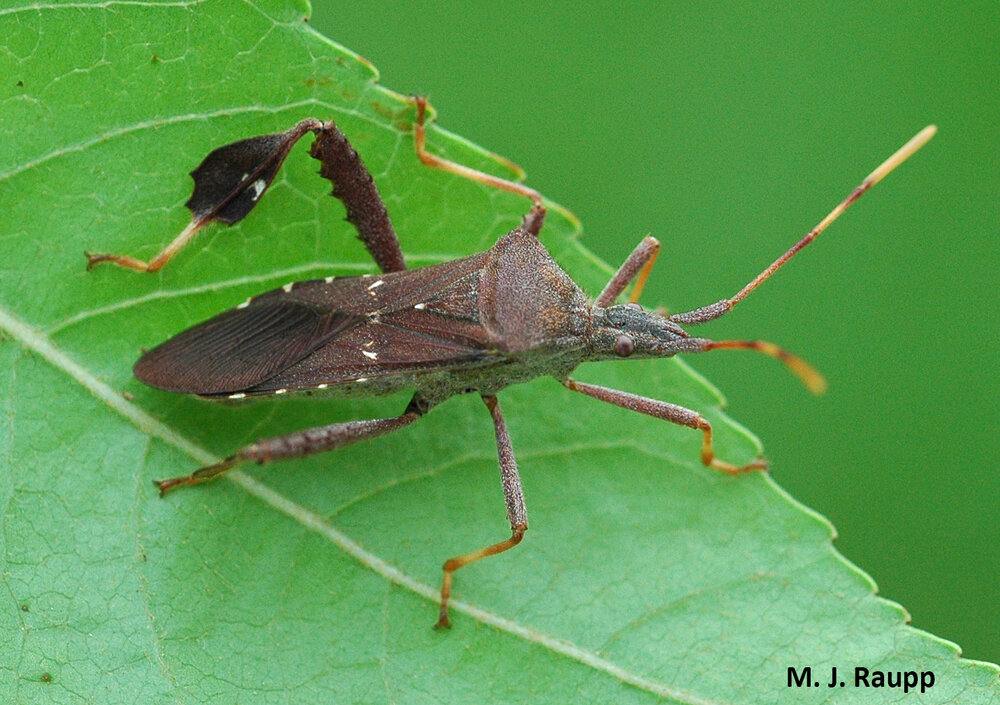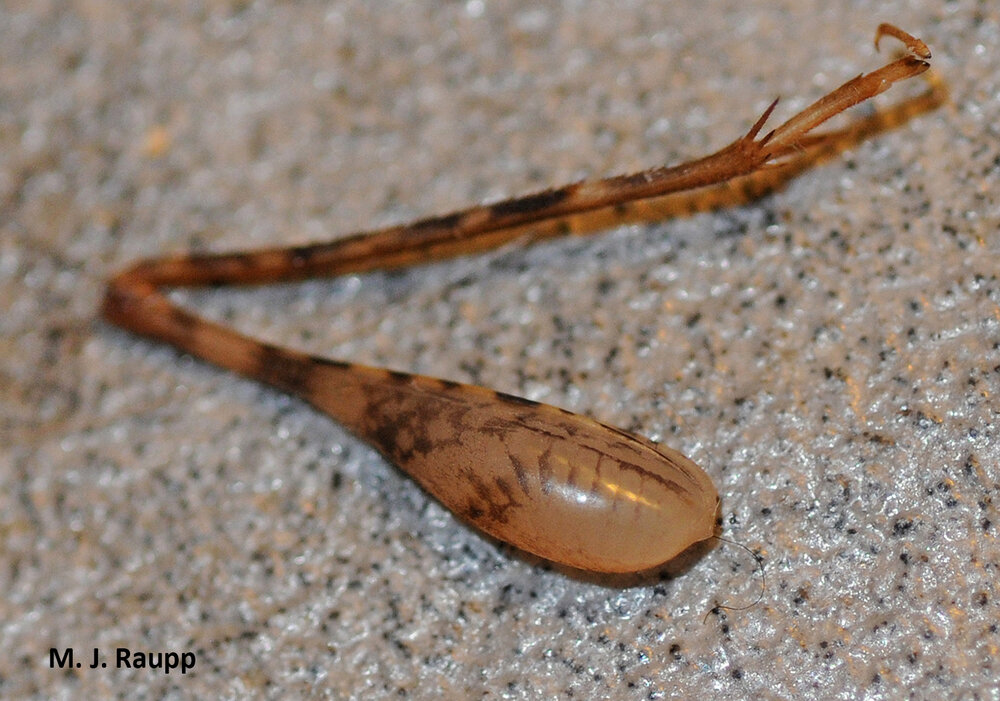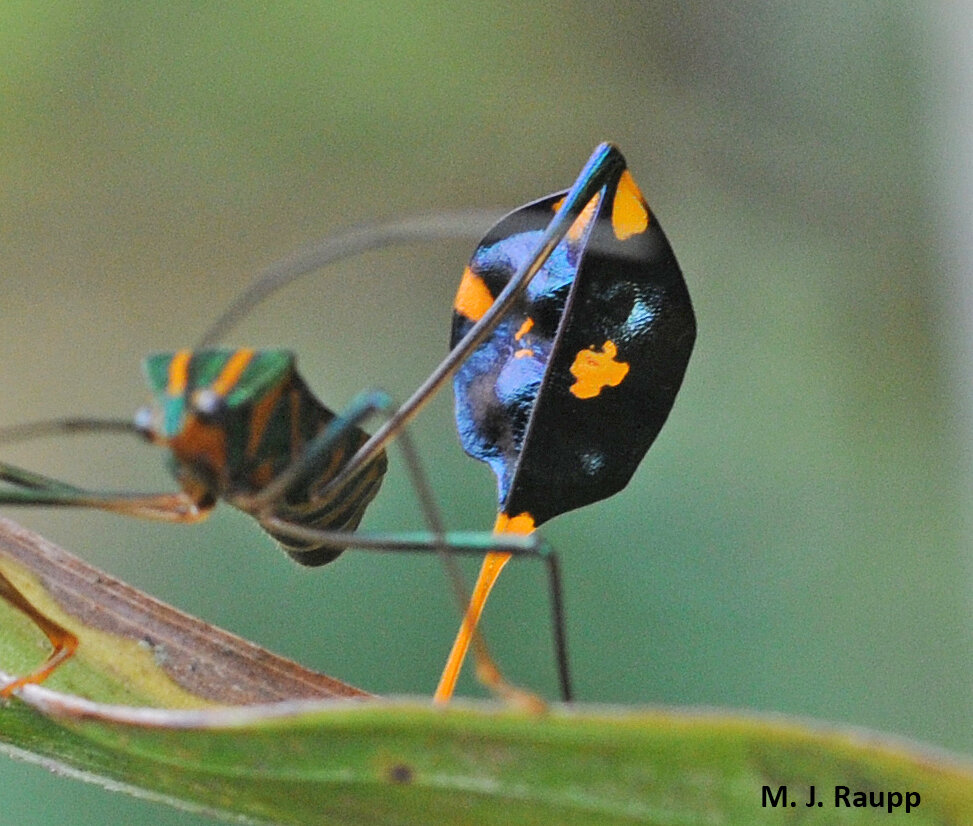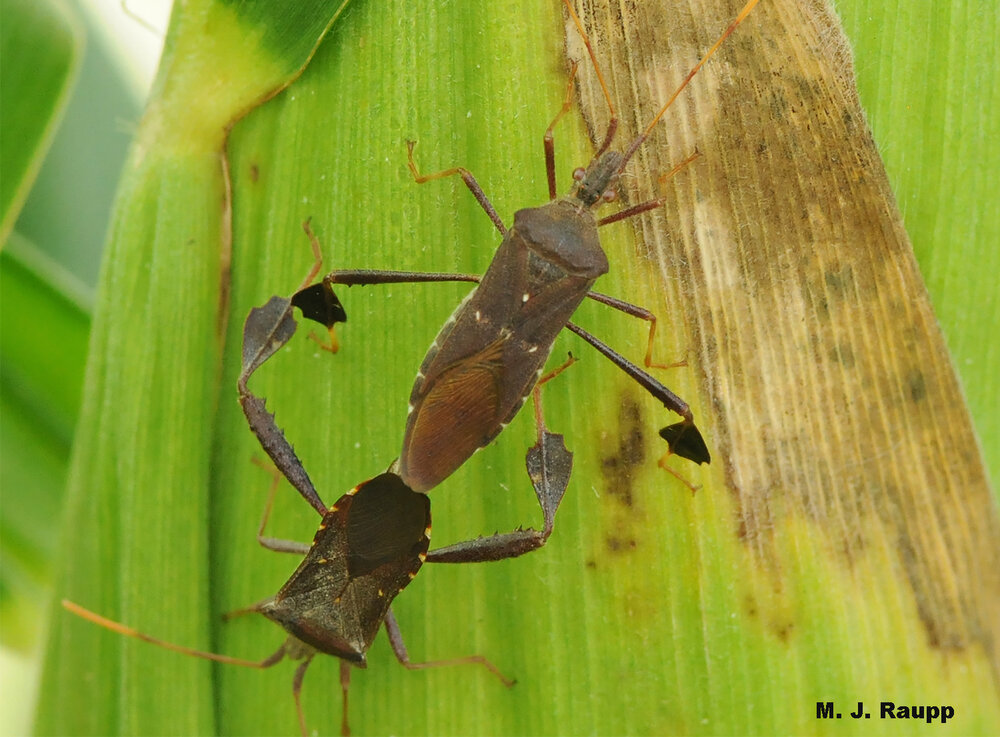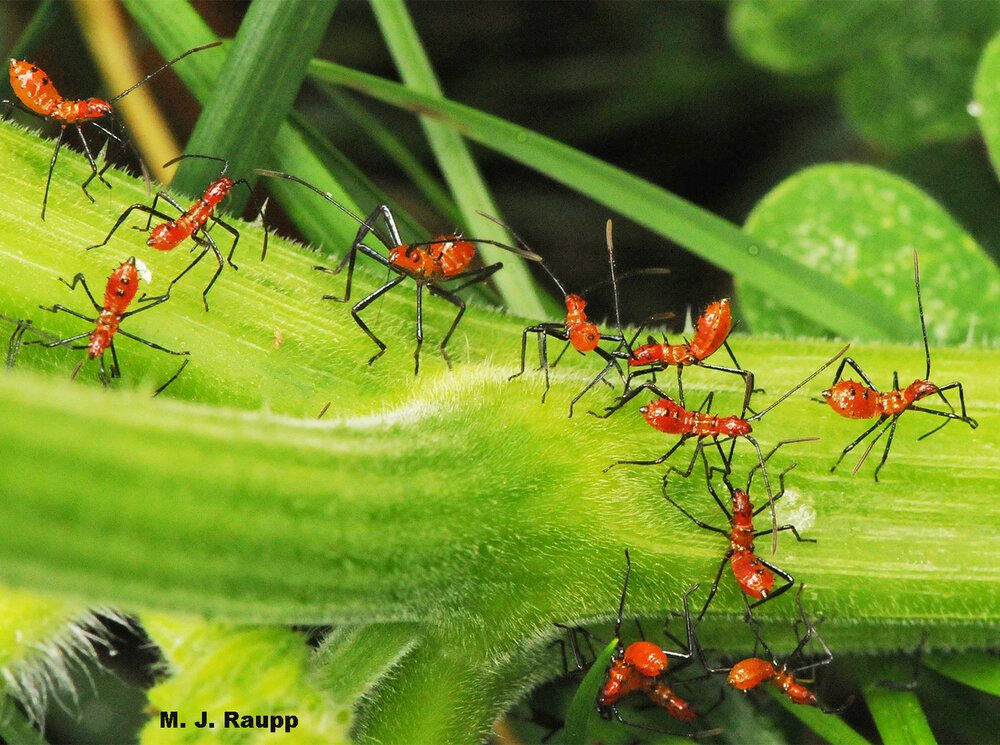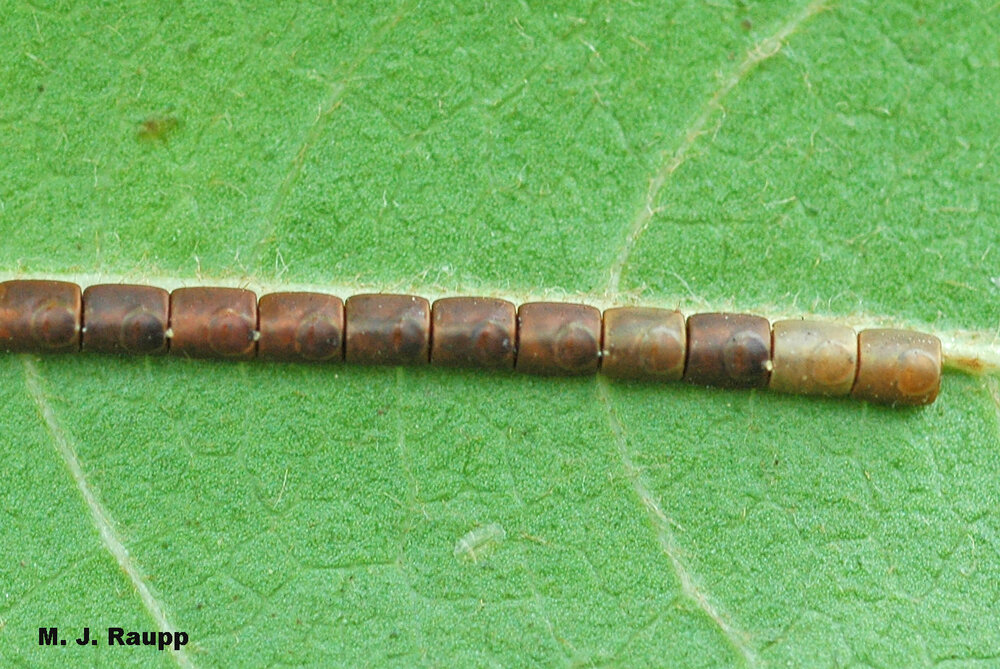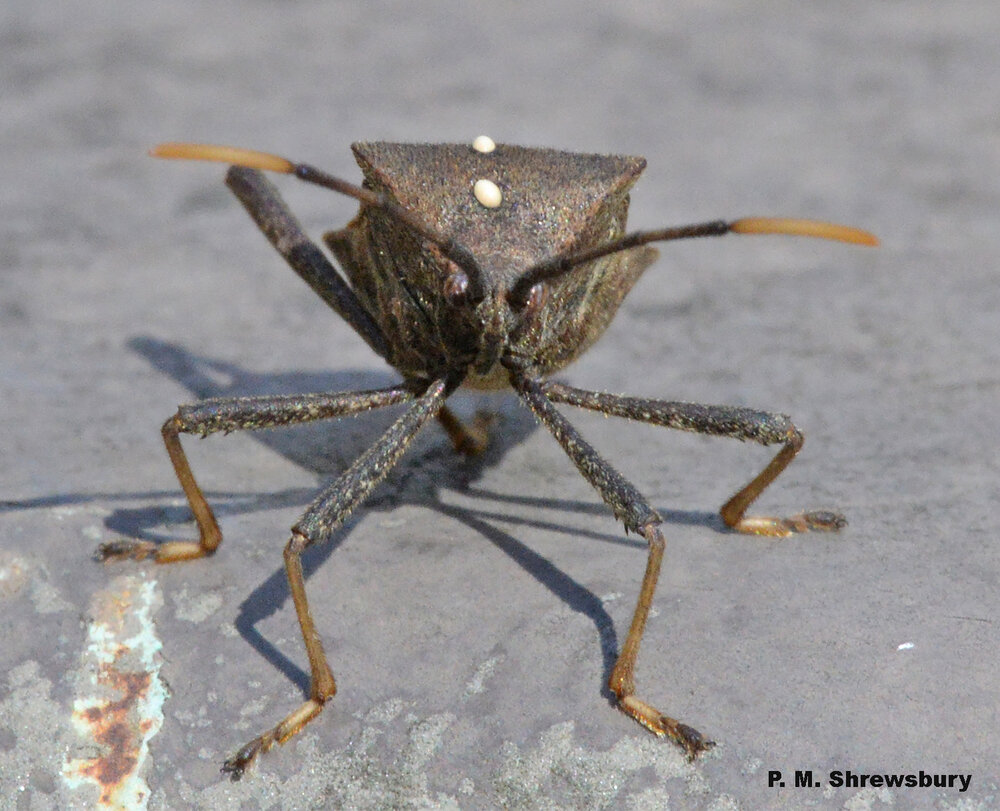Pumpkin eaters: Fruit flies, Drosophilidae
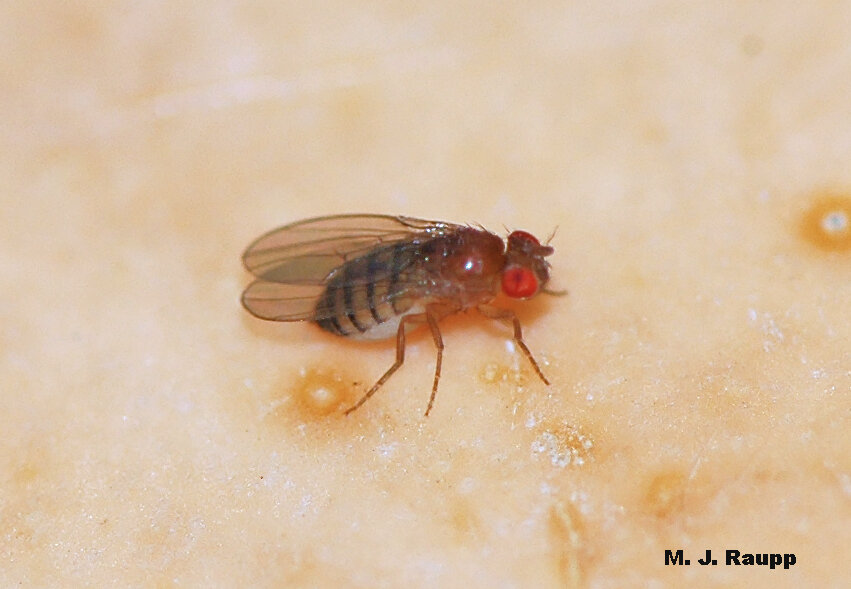
What has bright vermilion eyes, two wings, and an extraordinary fondness for over-ripe fruit?
With Halloween a quickly fading memory, I visited my Jack O’ Lanterns one last time before their final journey to the compost heap. While lamenting the passing of my pumpkins, I was delighted to see dozens of tiny winged workers fully engaged in the decomposition process. Flies are important recyclers of dead plants and animals. They provide a vital ecological service by unlocking nutrients tied up in complex molecules and returning them to food webs. In this episode we meet the fruit fly, a master transformer of plant material. The common name fruit fly is often used to describe small ( ~ 3 mm) flies with bright red eyes in the family Drosophilidae (a.k.a. vinegar or pumice flies). Larger flies sporting spotted or banded wings in the family Tephritidae also go by the name fruit fly by virtue of their appetite for fruit and other parts of plants. Details of the former will be investigated today and strange dealings of the latter await another episode.
In autumn I regularly receive questions about hordes of tiny fruit flies buzzing around fruit bowls, kitchen sinks, and counter tops. They seem to appear from nowhere and lend credence to Aristotle’s notion that living organisms like tiny flies can originate spontaneously from non-living or putrefying things. Now famous experiments by Francesco Redi and Lazzaro Spallanzani pretty much disproved Aristotle’s theory of spontaneous generation, but the appearance of hordes of tiny flies remains vexing even for bug geeks.
To help untangle this mystery, consider the change of seasons. Autumn in many parts of the country is characterized by damp cool weather by virtue of incessant weekly showers. These moist conditions are nearly ideal for decomposing tons of leaves, fruits, and other vegetable matter, the accumulated bounty of Mother Nature’s efforts during spring, summer, and autumn. This week of Thanksgiving my compost pile is a writhing mass of invertebrates intent on converting vegetable protein into animal biomass as quickly as possible. On warm days a cloud of fruit flies hovers over my compost pile and some of these winged raiders undoubtedly infiltrate my home when the door opens. Like many kitchens, mine is home to a bowl of fruit that occasionally contains one item gone a little squidgy. Yeasty odors of acetic acid and ethanol emanating from an over-ripe banana serve as powerful attractants for fruit flies. After arriving at the banana, the female fruit fly deposits eggs. Each gal lays roughly 500 eggs during the course of her life time. Small translucent larvae hatch from the eggs. They glide through the overripe fruit slurping-up nutritious fermenting fluids as they develop and grow. When ambient temperatures are warm, fruit flies can complete a generation in less than two weeks. With their capacity for reproduction, populations around the fruit bowl can explode seemingly overnight.
While adult fruit flies feed on the surface of my pumpkins, taking special care to groom antennae and legs, their offspring are busy dining inside. Watch how the larva uses darkly colored mouth hooks to propel itself forward by grasping the substrate and pulling itself along. Ah, but once it finds just the right juicy spot it stops and slurps the nutritious tissues of decomposing pumpkin flesh.
Fruit flies can also enter your home as stowaways when you purchase overripe fruits or vegetables from the market. These goods may arrive preloaded with a complement of eggs or tiny larvae. To reduce chances of bringing home an infestation, inspect your produce carefully and wash fruits and vegetables. If fruit is unrefrigerated and displayed in a bowl, check it out regularly and toss over-the-hill items before they generate flies. Fruit flies can also breed in sink or floor drains, garbage pails, or recycling containers in homes, restaurants, and offices where decomposing organic material accumulates. Inspect these areas regularly, clean up spills, and disinfect surfaces.
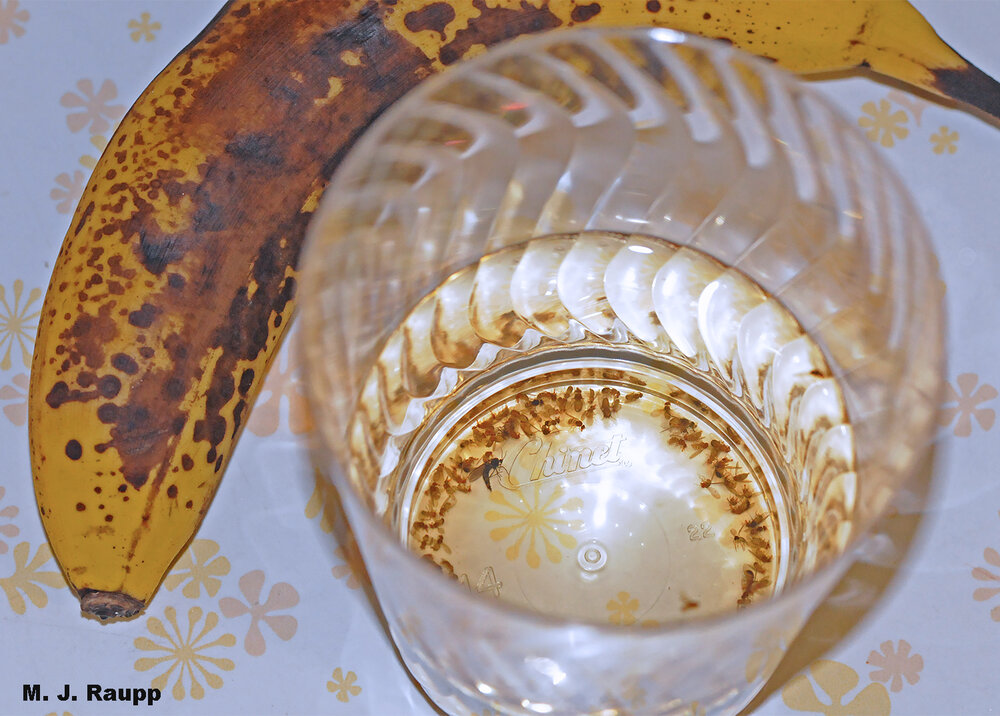
Yeasty odors of fermenting fruit and wine vinegar lure scores of fruit flies and one fungus gnat to their death.
Fruit flies are more than just an indoor nuisance. Several species are important pests of agricultural crops. The spotted wing drosophila, Drosophila suzuki, first detected in the US in 2008 in California, has now spread from coast to coast and border to border. It is a major pest of strawberries, blueberries, raspberries, black berries, and cherries. Crop losses in the United States alone are estimated to exceed hundreds of millions of dollars annually. For the cloud of fruit flies wafting around your home, consider building a vinegar trap to catch and kill these noisome rascals. Traps can be purchased commercially and several trap designs are available on the internet. My vinegar trap consists of an 8 oz clear plastic tumbler filled with 4 oz of wine vinegar and a few drops of dish detergent. Within 24 hours of placing the trap on the counter, more than 100 fruit flies were lured to their death. Stealing a line from Robert Armstrong of King Kong fame (RKO, 1933) “Oh no, it wasn’t the banana that killed the beast. It was the fragrant odor of yeast.”
Hope you enjoy your pumpkin pie this Thanksgiving. Have a happy one!
References
We thank Liz and her buggy bananas for providing the inspiration for this episode. The interesting references “Trapping spotted wing drosophila, Drosophila suzukii (Matsumura) (Diptera: Drosophilidae), with combinations of vinegar and wine, and acetic acid and ethanol” by P. J. Landolt, T. Adams, and H. Rogg, “Spotted Wing Drosophila: Potential Economic Impact of Newly Established Pest by M. P. Bolda, R. Goodhue, and F. Zalom, and “Flies, gnats, and midges” by W. A. Kolbe in “The Handbook of Pest Control” were used in preparing this Bug of the Week.
This post appeared first on Bug of the Week
